“I can only note that the past is beautiful because one never realises an emotion at the time. It expands later, and thus we don’t have complete emotions about the present, only about the past.”
— Virginia Woolf, The Diary of Virginia Woolf, Volume Three: 1925-1930
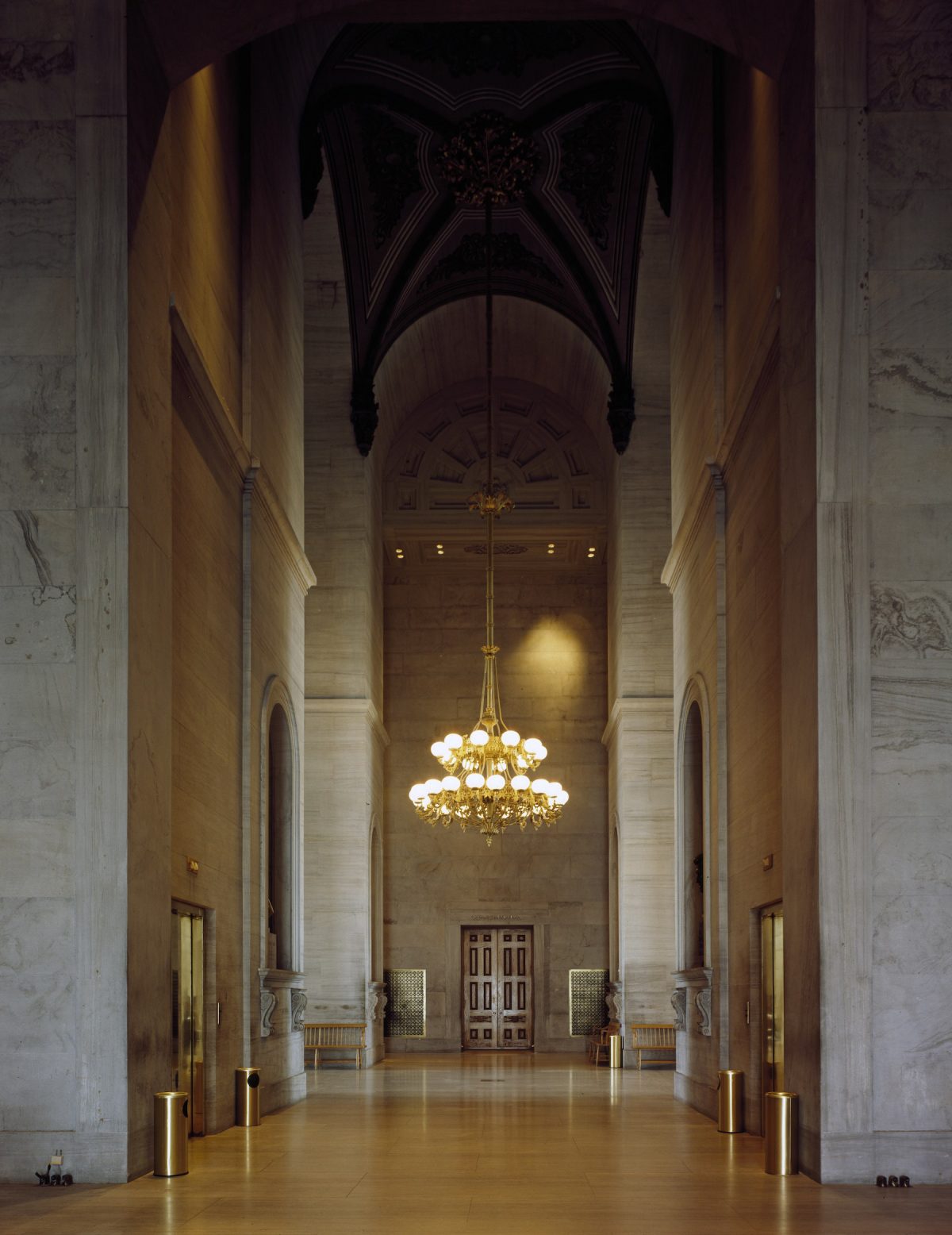
Hallway at the Capitol, Nashville, Tennessee.
In the 1980s, photographer Carol M. Highsmith began documenting the Willard Hotel in Washington D.C. This Beaux-Arts building was in a dreadful state, rotten floors, crumbling walls, with “rats as big as cats” and old tramp wandering round setting fires on the sixth floor.
Highsmith’s photographs led to the building being saved and reopened in 1986. With no consideration to making money or even eating, Highsmith was driven by the thought “[I]f this can happen to America’s Main Street, what other buildings are decaying that we don’t even know about, and who’s documenting them?”
The majority of our life is lived undercover – in homes, workspaces, shops, bars, restaurants, clubs, banks, churches, hospitals, and prisons. For the past thirty years, Highsmith has been documenting “Disappearing America” capturing as much of the country and its buildings before they are gone.
I work every day with a heartfelt commitment to document the living history and built environment of our times. I consider my work an indestructible record of our vast nation, including sites that are fast fading, even disappearing, in the wake of growth, development, and decay.
Among the many thousands of photographs Highsmith has taken is a series of pictures documenting halls in buildings across America. These photographs unpick a secret narrative of how architecture shapes the way we behave in buildings.
The hall at the Capitol, Nashville, Tennessee looks like the interior of a church. Its high, solemn walls impose reverence. The subdued lighting looks like a cross. The hallway at the Ed Edmondson Court House, Muskogee, Oklahoma, looks like a row of pews outside of a confessional. Witnesses called to ‘fess their sins before a judge passes sentence. The long austere white prison corridor with its high windows reminding inmates of the life going on without them. All of these spaces have been designed with the intention, as Goethe once noted about classical architecture, of giving people “a higher conception of themselves and a sense of the truly noble.”

Hallway at the abandoned Eastern State Penitentiary, Philadelphia, Pennsylvania.
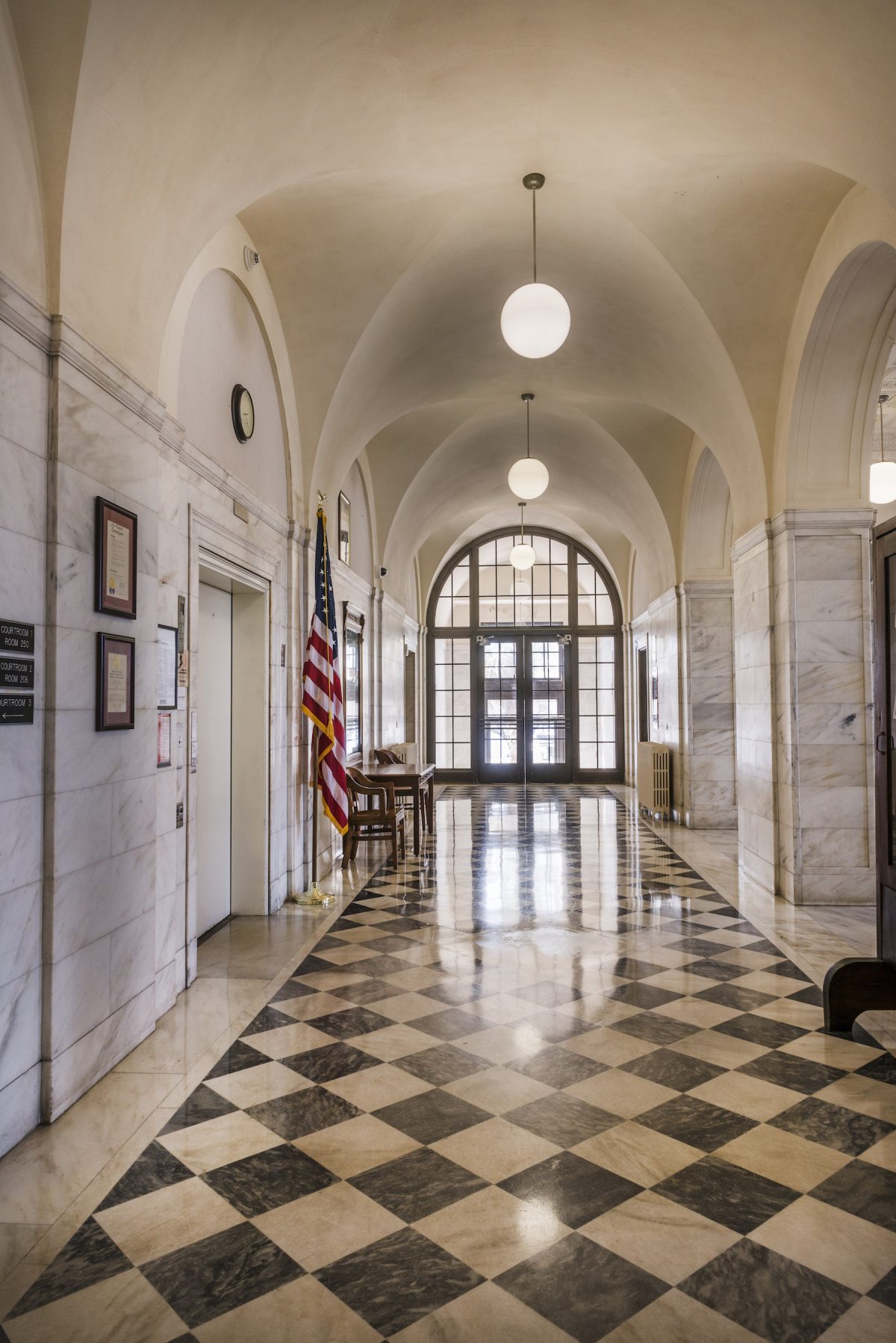
Hallway at the Alton Lennon Federal Building, U.S. Courthouse, Wilmington, North Carolina.
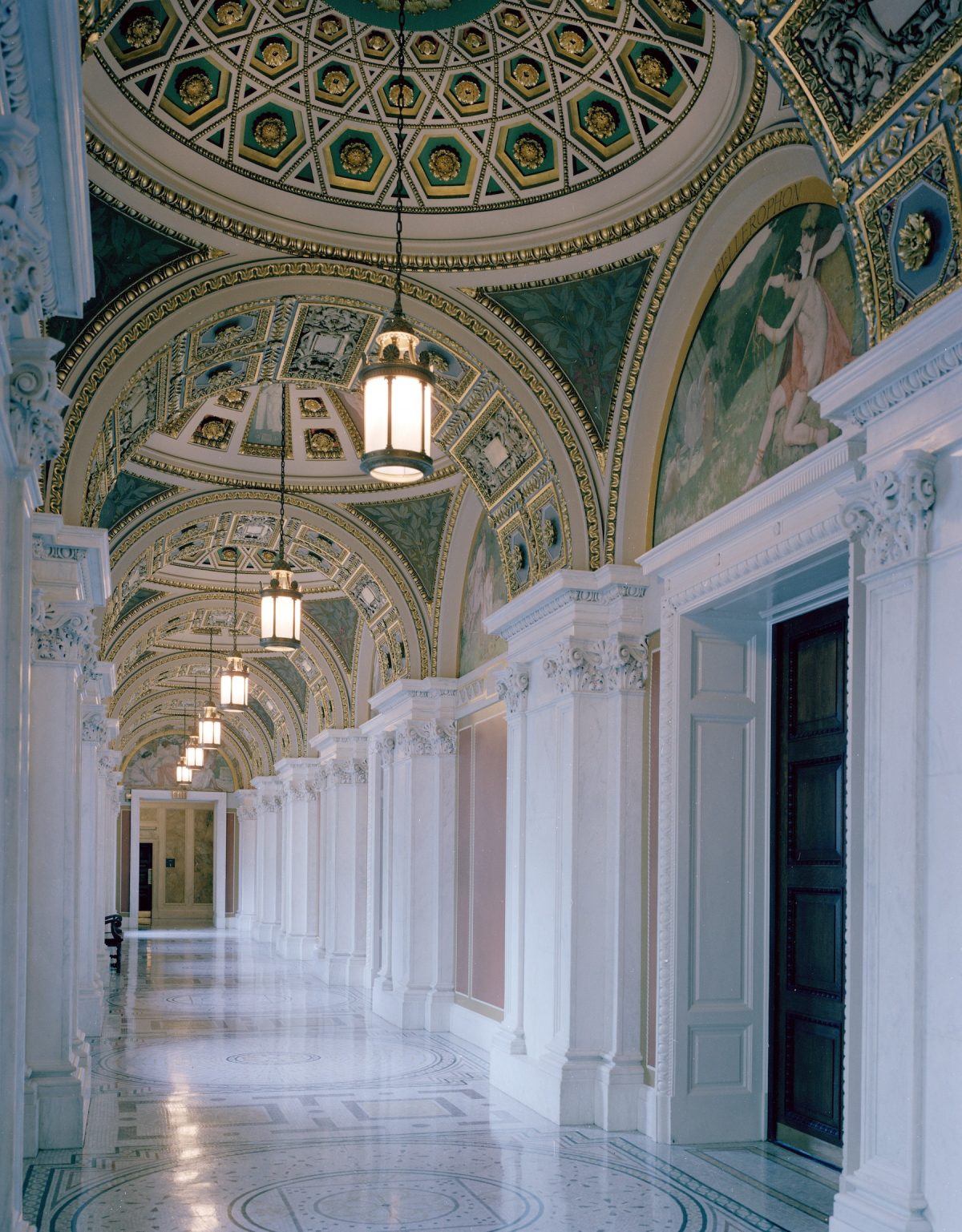
Hallway at the Library of Congress, Thomas Jefferson Building Washington D.C.
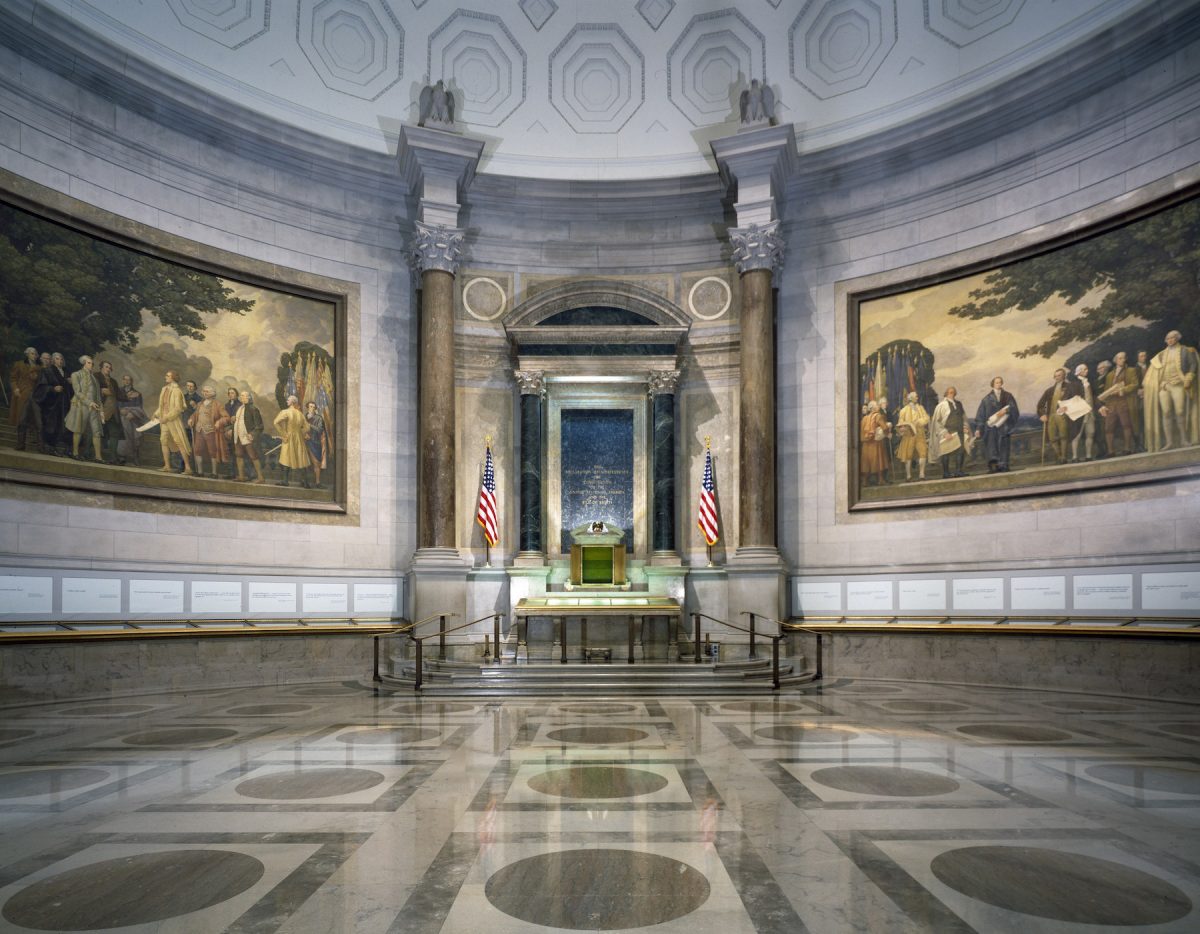
Hall where the Charters of Freedom are displayed at the National Archives, Washington D.C.
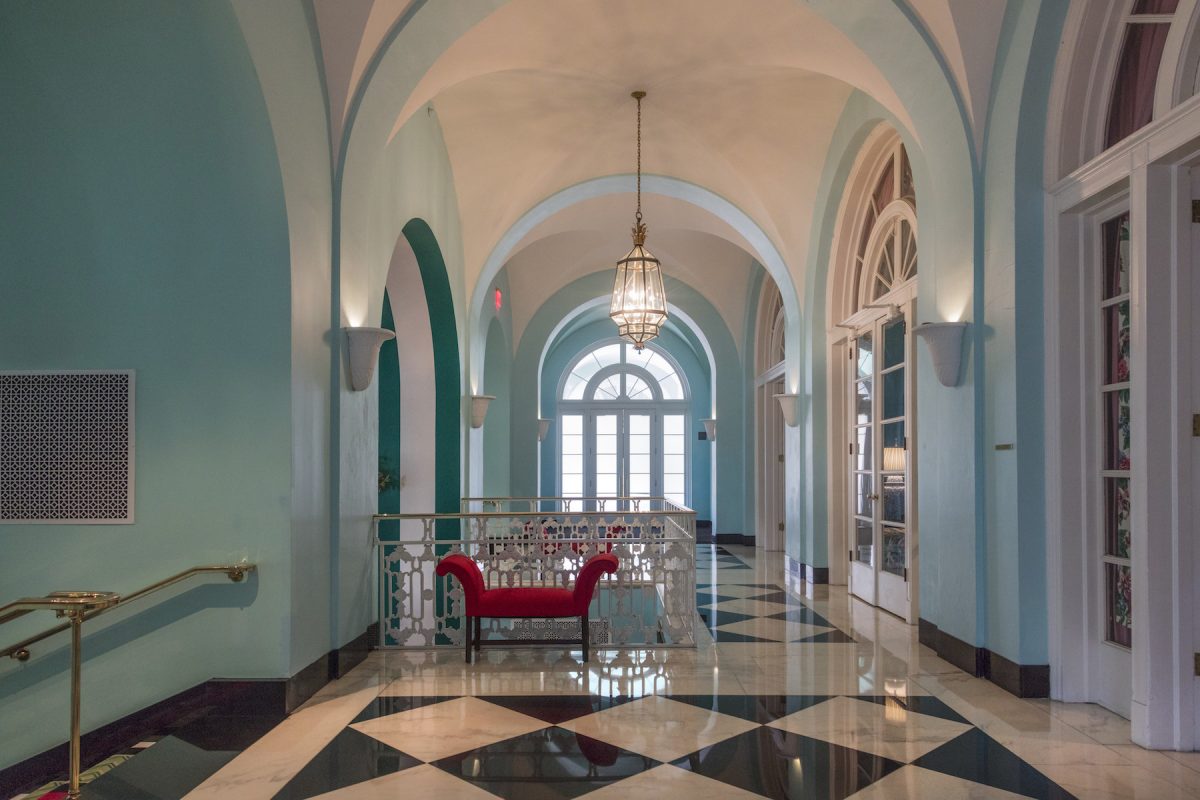
Hallway at the Greenbrier Historic Resort Hotel, built in 1858 near the White Sulphur Springs, West Virginia.
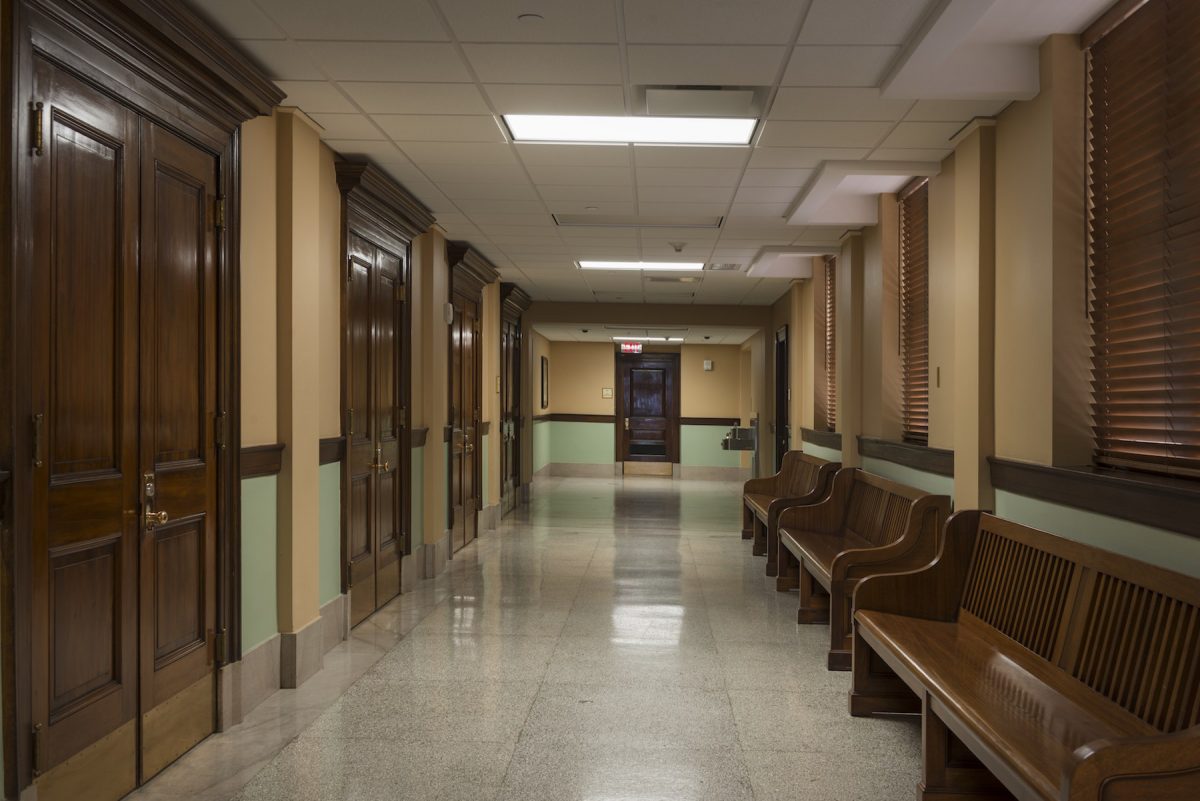
Hallway at the Ed Edmondson Courthouse U.S. Post Office and Courthouse, which occupies an entire block between West Broadway,West Okmulgee Avenues and Fifth Street, Muskogee, Oklahoma.
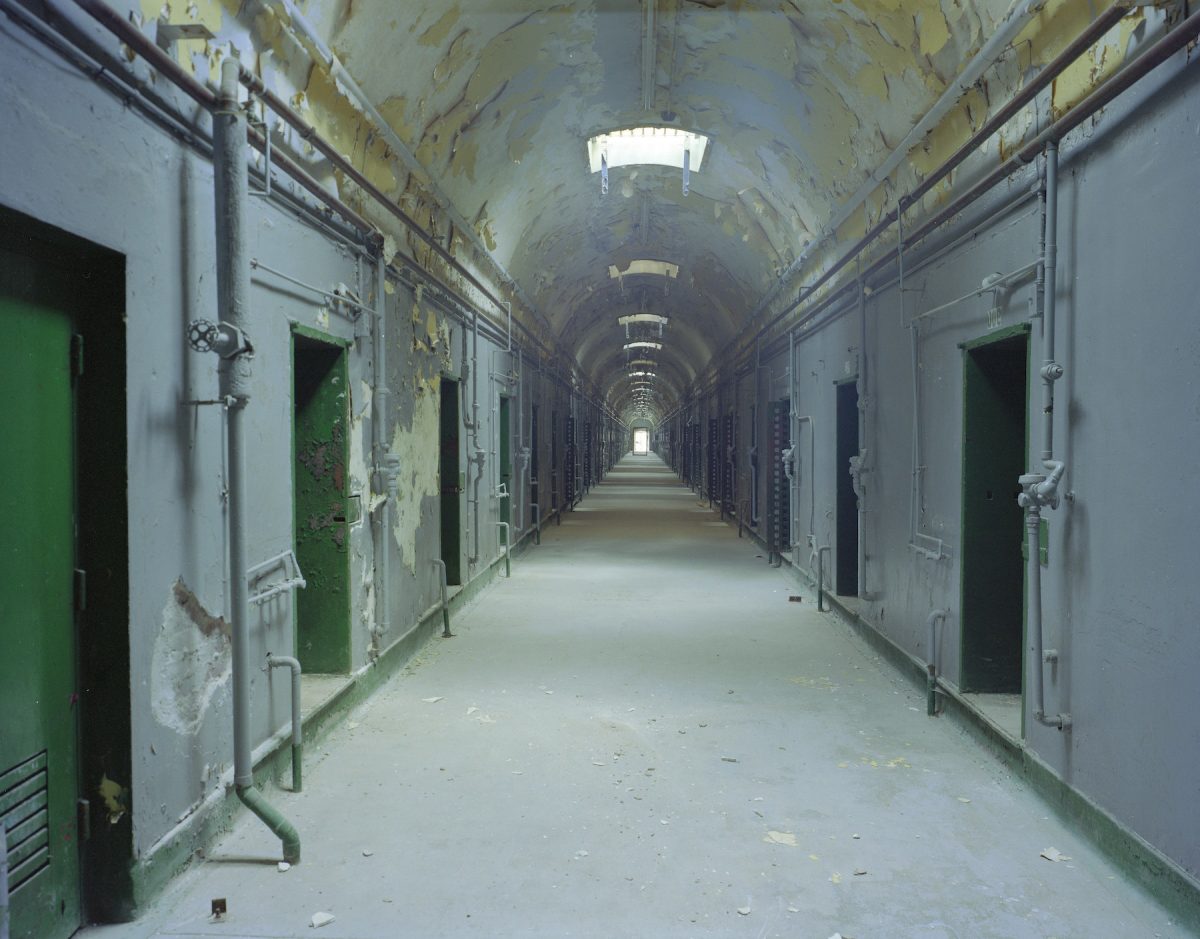
Hallway at the abandoned Eastern State Penitentiary, Philadelphia, Pennsylvania.
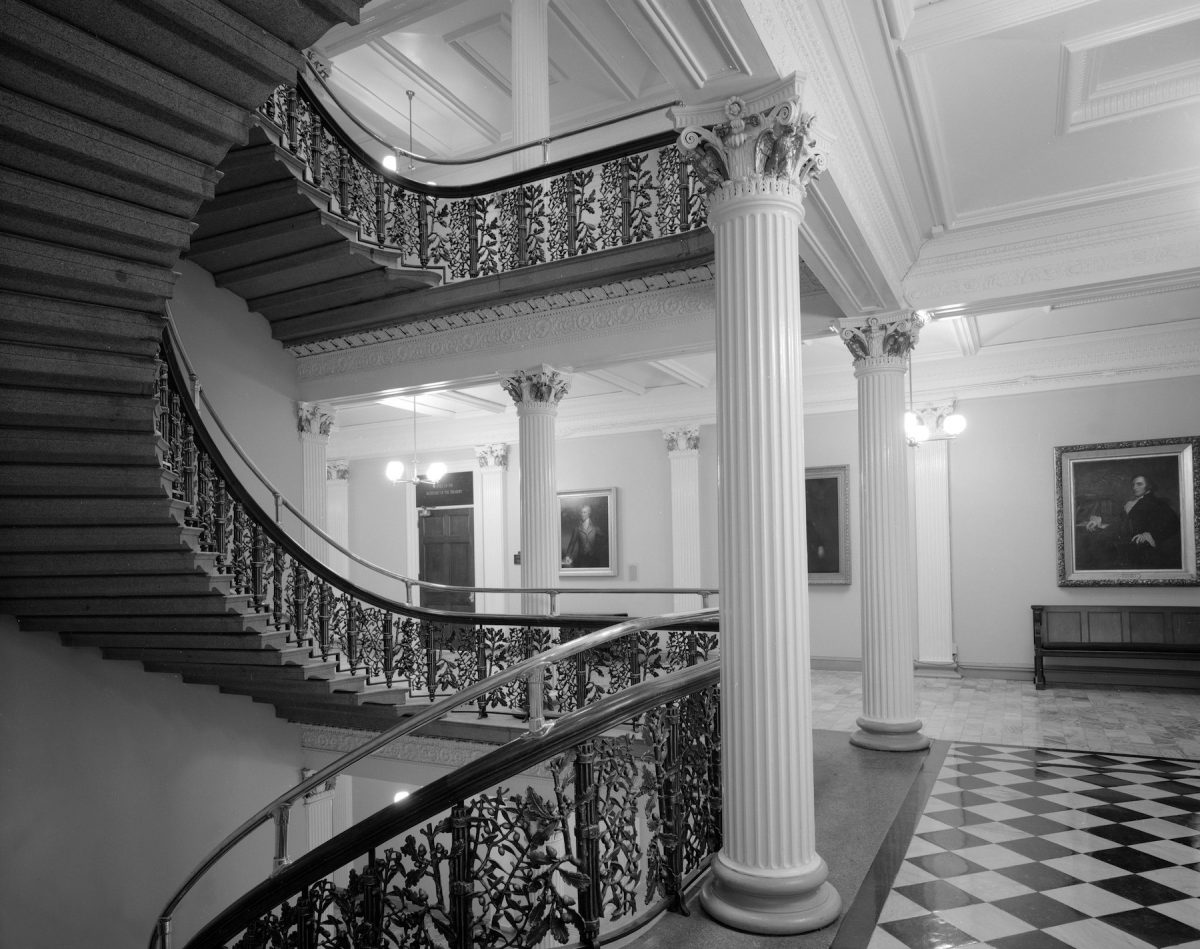
Hallway and staircase at the U.S. Treasury Department building, Washington D.C.
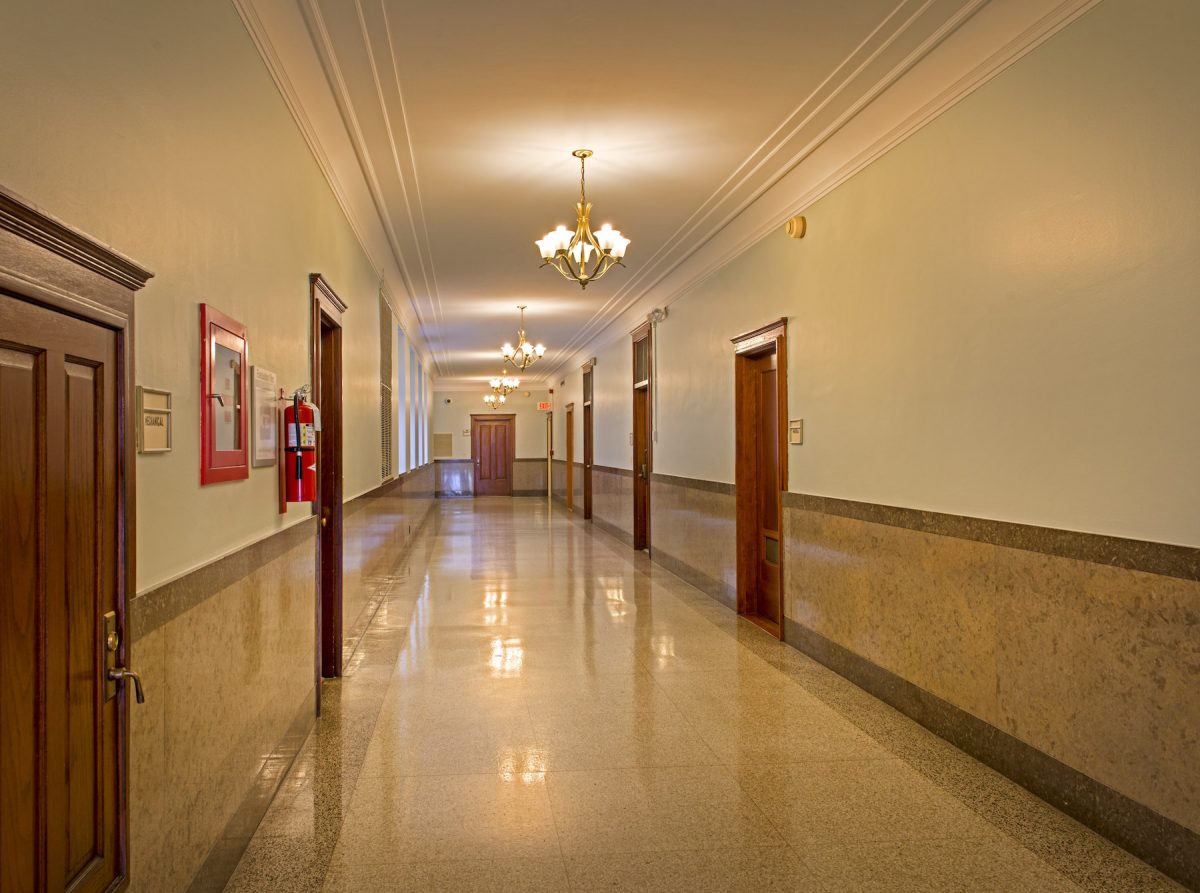
Hallway at the Texarkana U.S. Post Office and Federal Building.
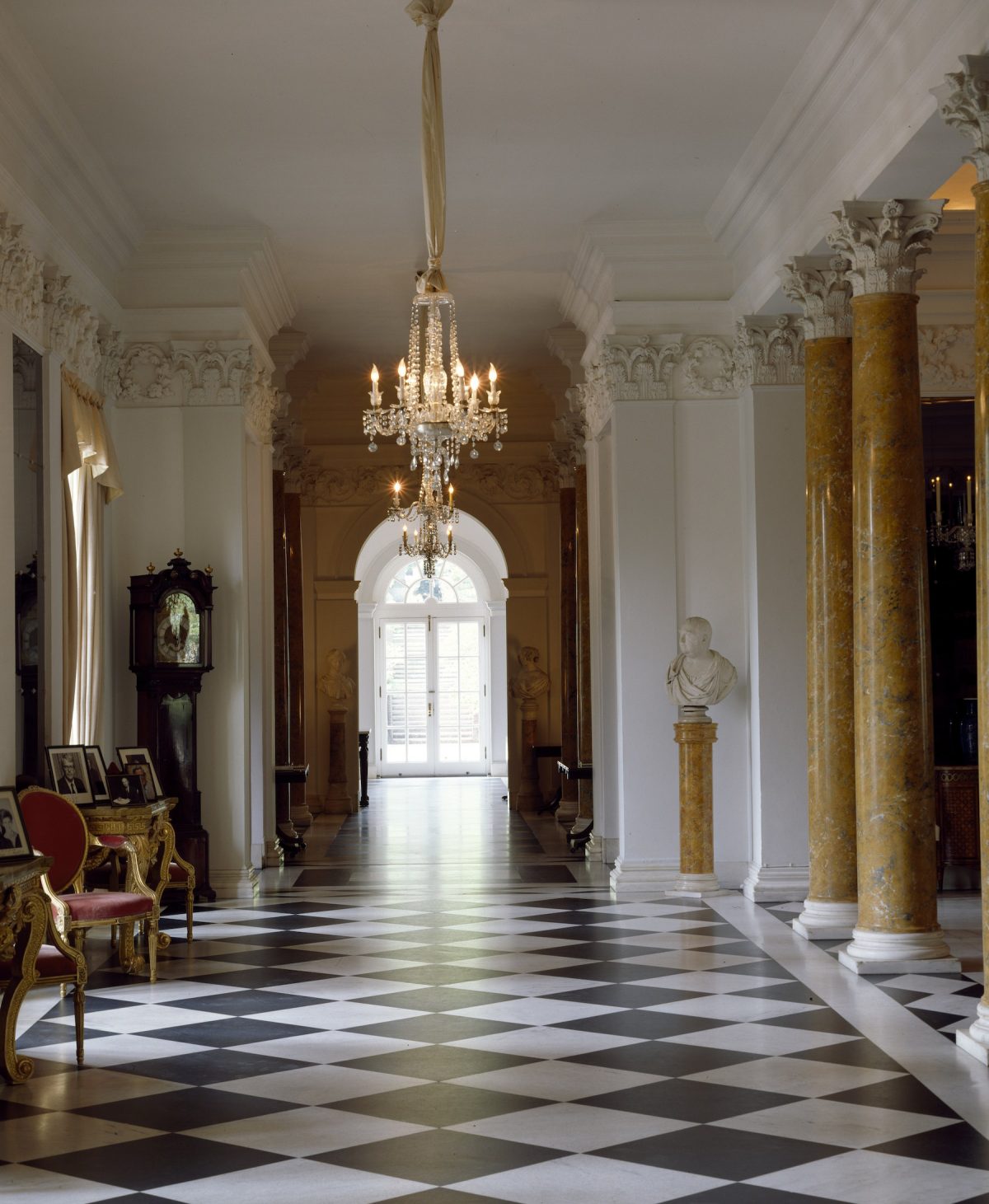
Hallway at the Chancery and Residence of the Ambassador of the United Kingdom, Washington D.C.
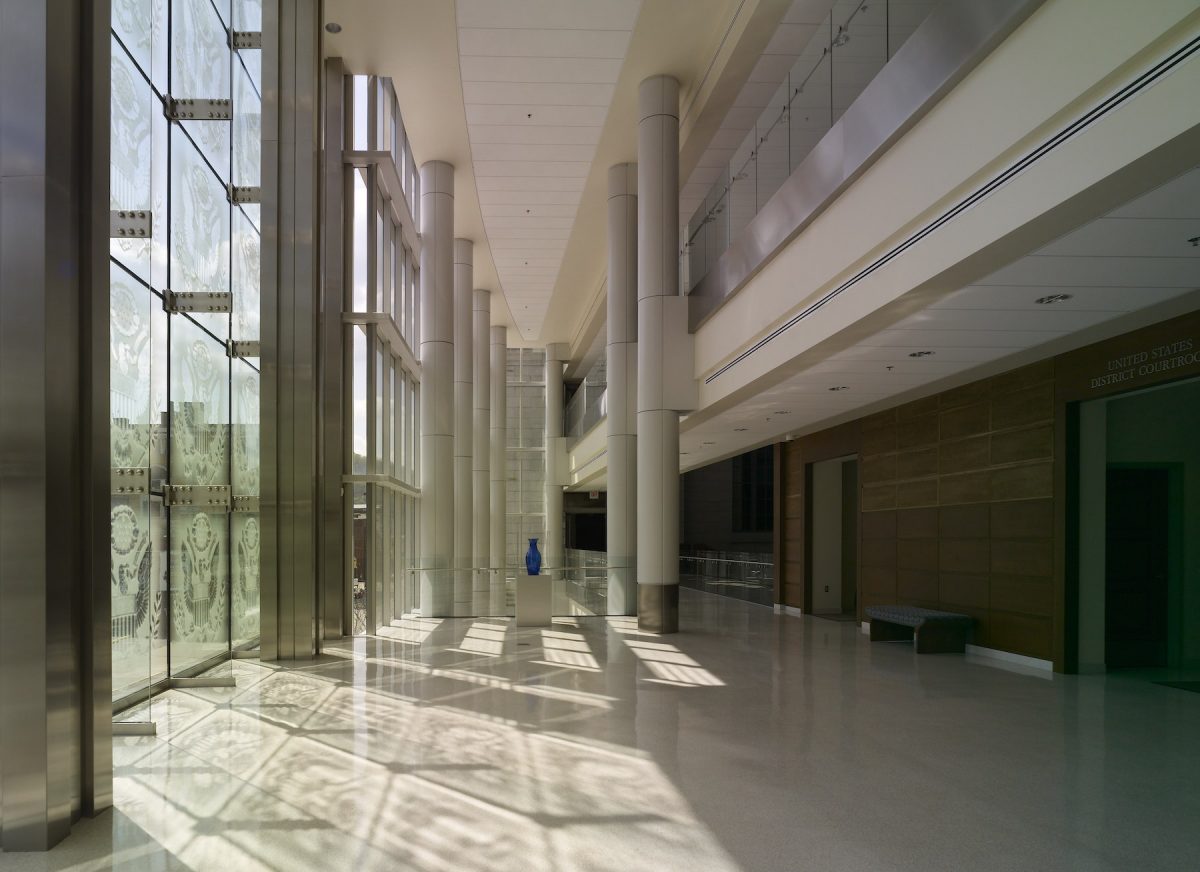
Hallway and new addition to the Federal Building and U.S. Courthouse, Wheeling, West Virginia.

Hallway at the Robert N. C. Nix Federal Building, Philadelphia, Pennsylvania.
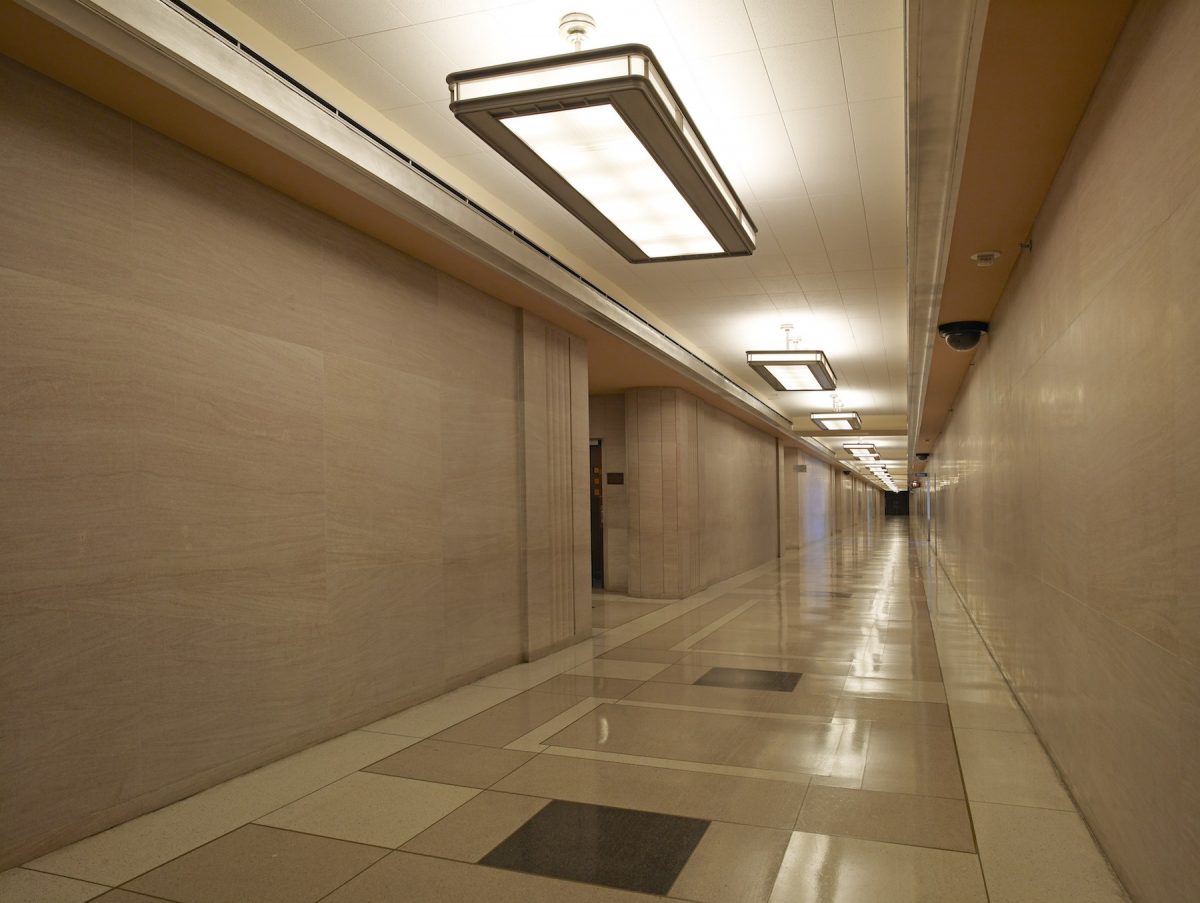
Hallway at the Robert N. C. Nix Federal Building, Philadelphia, Pennsylvania.
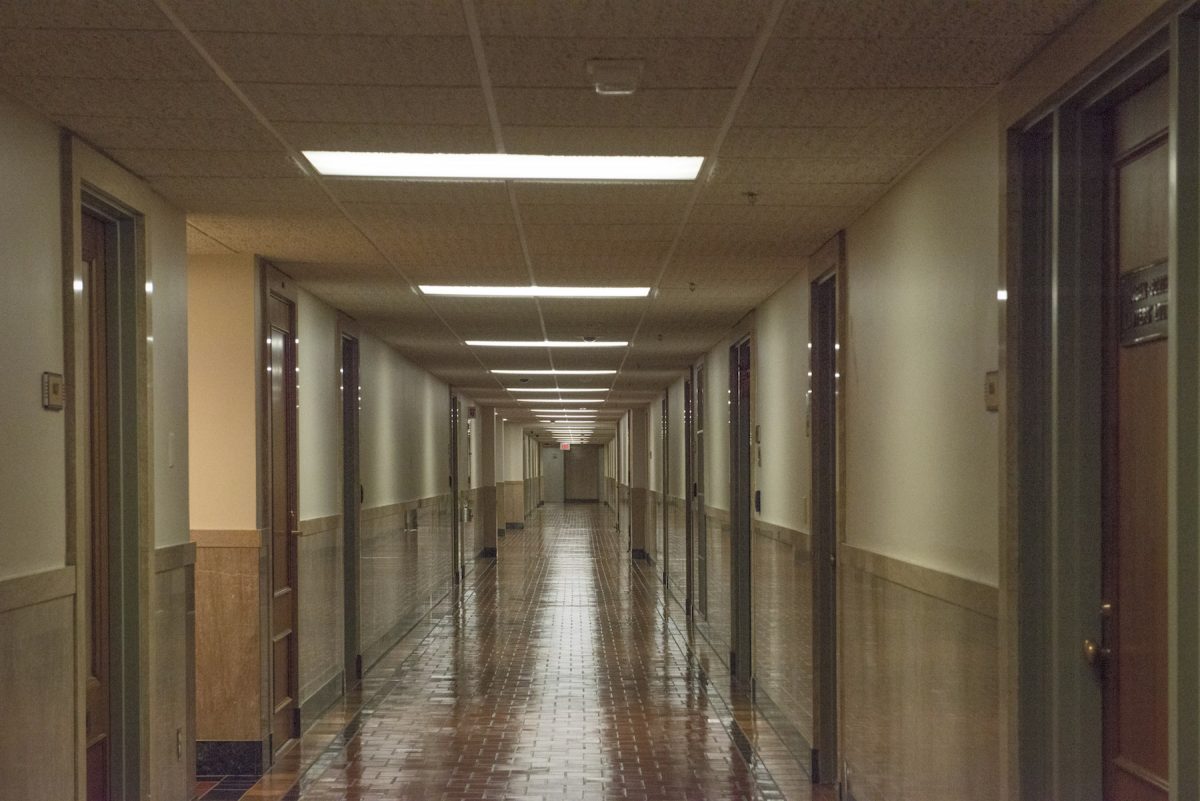
Hallway at the Potter Stewart U.S. Post Office and Courthouse, Cincinnati, Ohio.
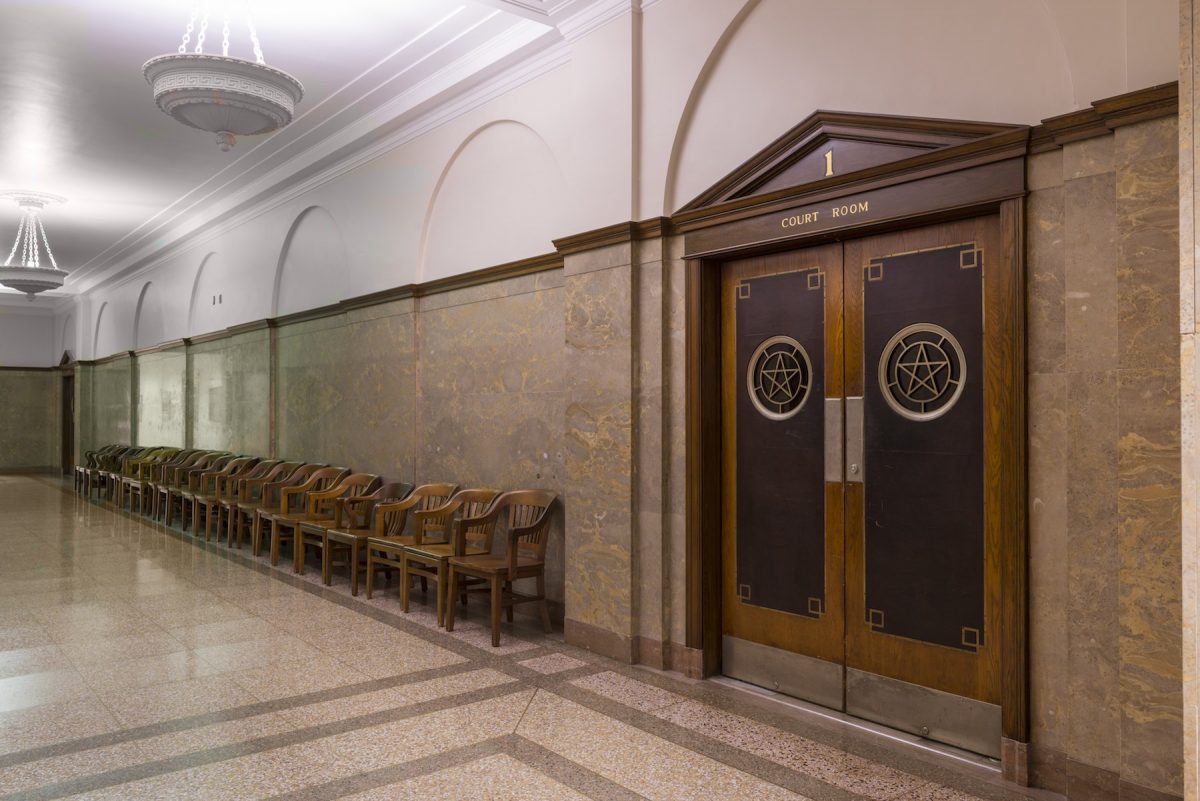
Hallway at the Jack Brooks Federal Building, Beaumont, Texas.

Hallway at the Joel Solomon Federal Building and U.S. Courthouse, Chattanooga, Tennessee.
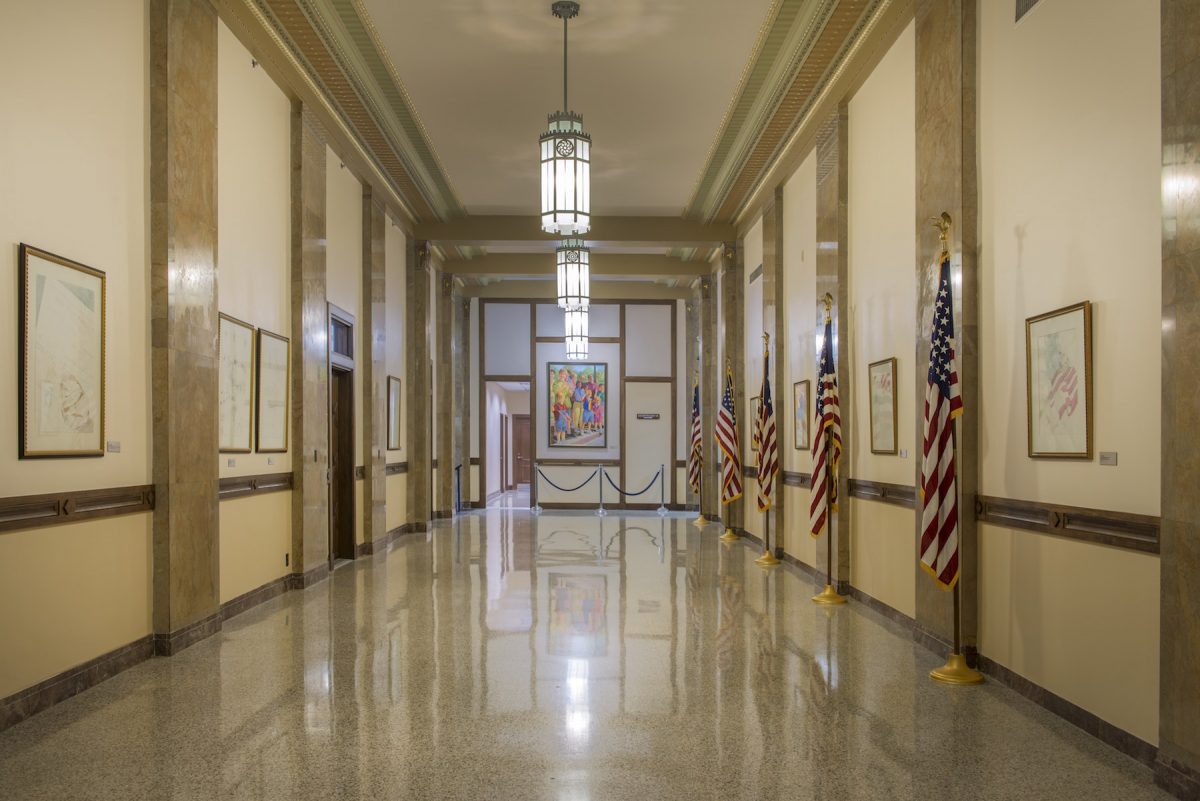
Hallway at the L. Richardson Preyer Federal Building and Court House in Greensboro, North Carolina.
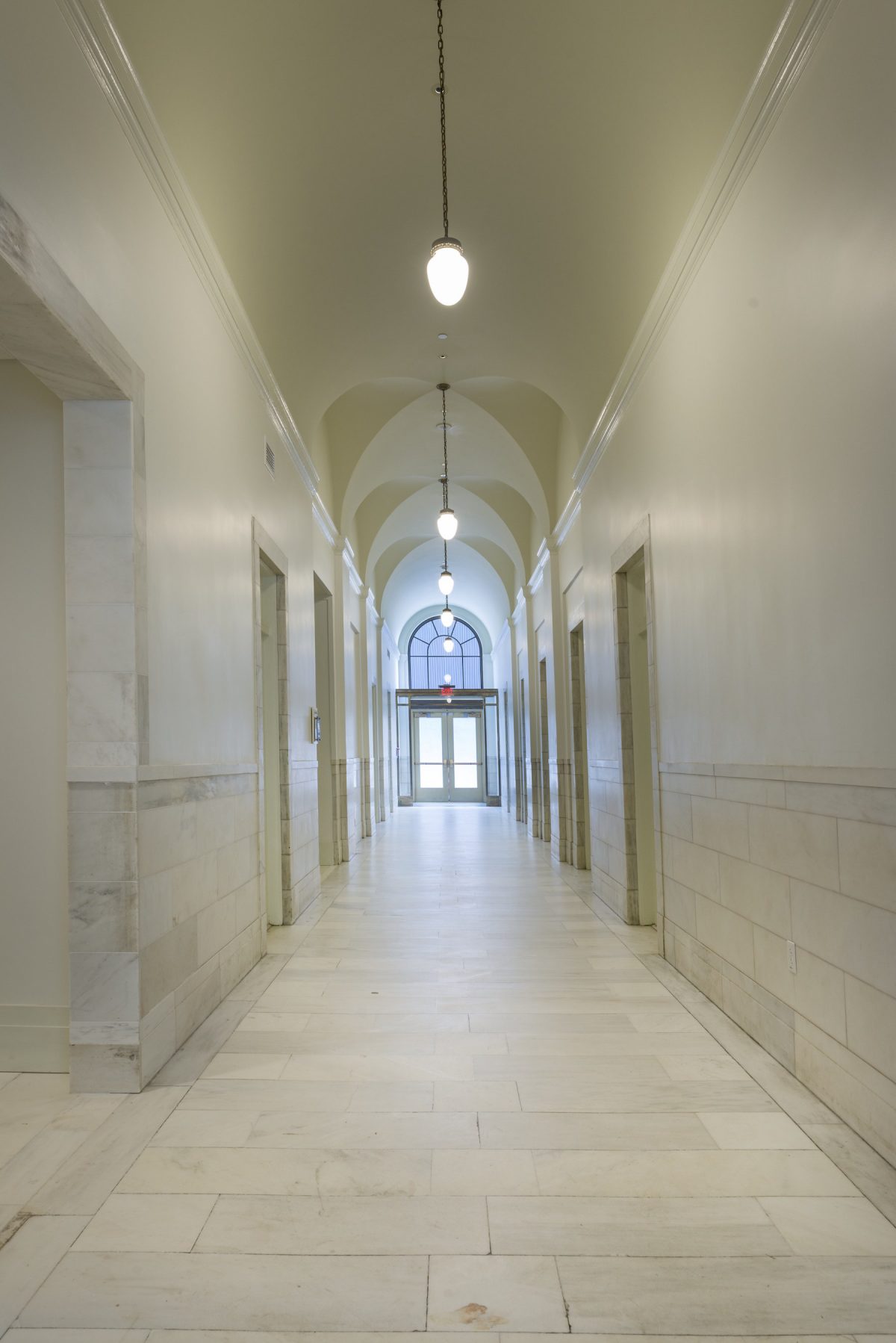
Hallway at the Robert S. Vance Federal Building and U.S. Court House, Birmingham, Alabama.

Carol M. Highsmith self-portrait at the Willard Hotel, Washington D.C. 1980.
Would you like to support Flashbak?
Please consider making a donation to our site. We don't want to rely on ads to bring you the best of visual culture. You can also support us by signing up to our Mailing List. And you can also follow us on Facebook, Instagram and Twitter. For great art and culture delivered to your door, visit our shop.

